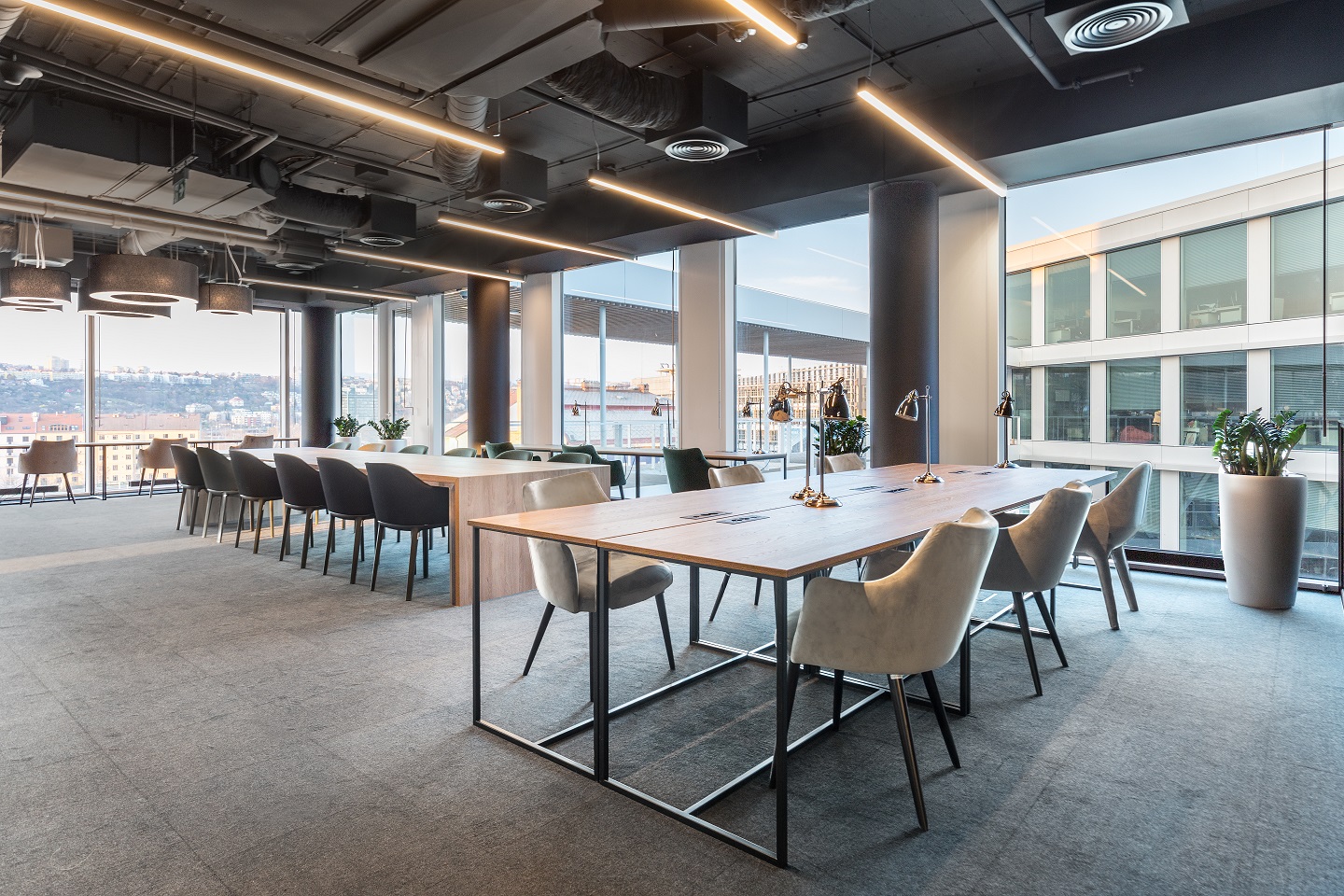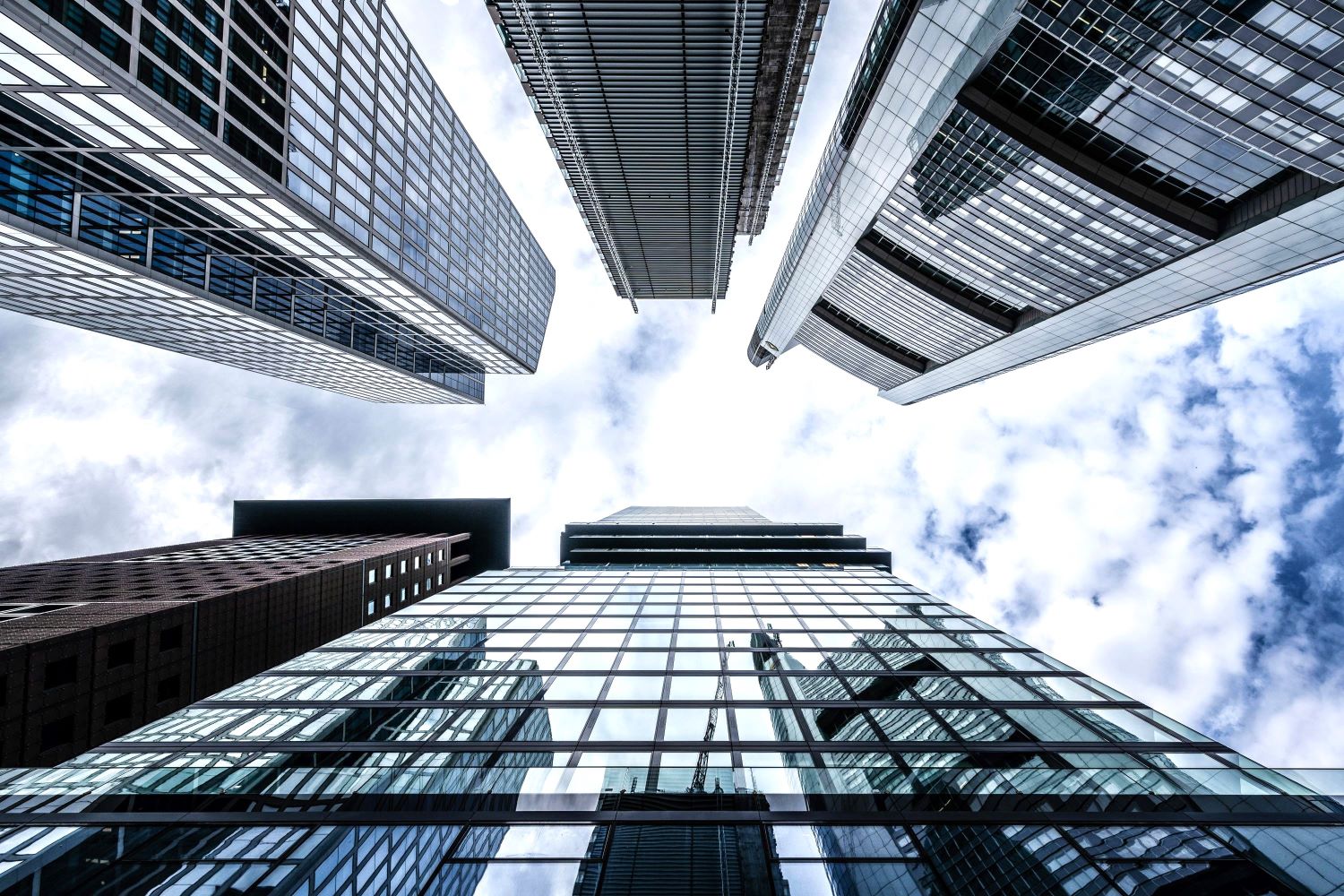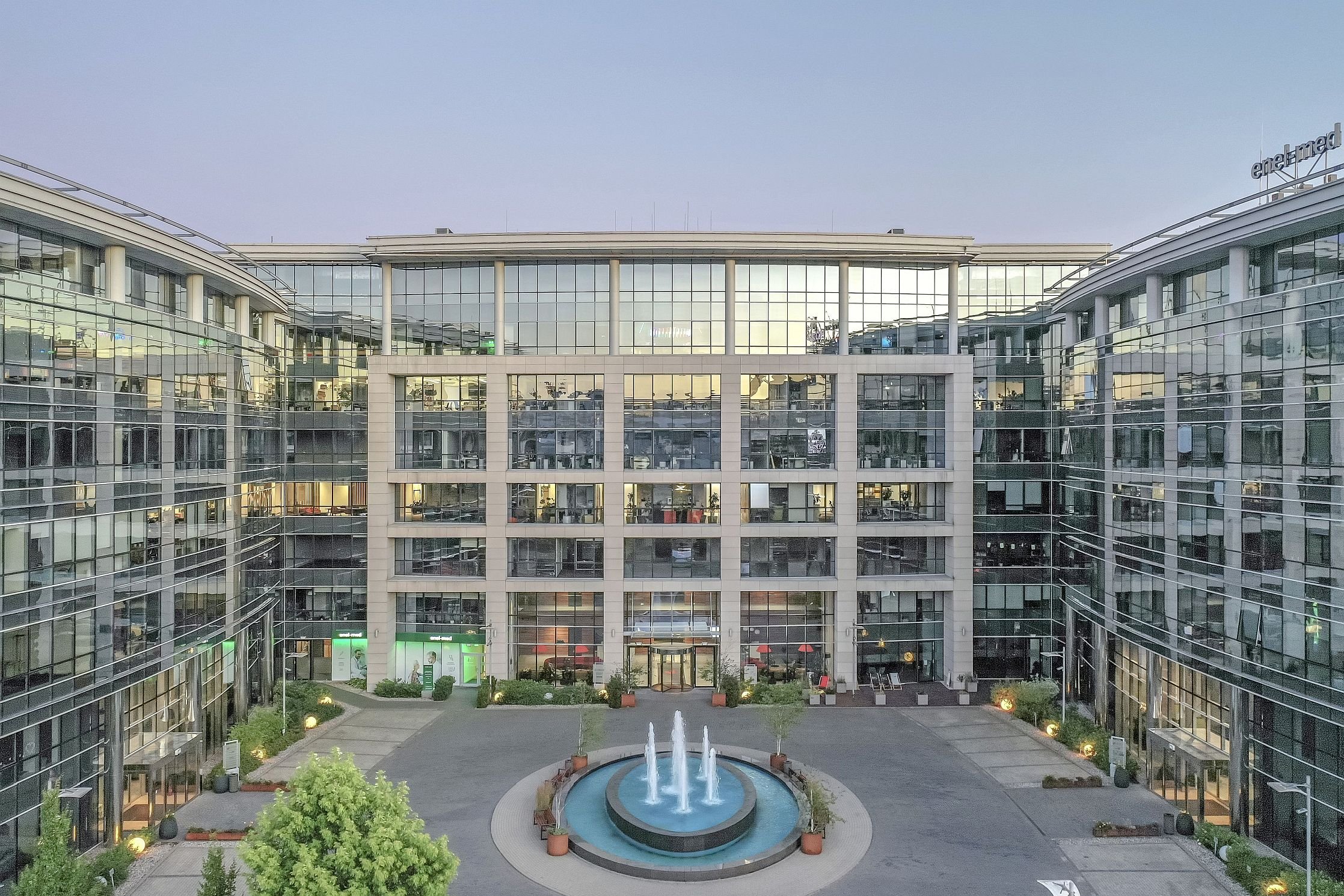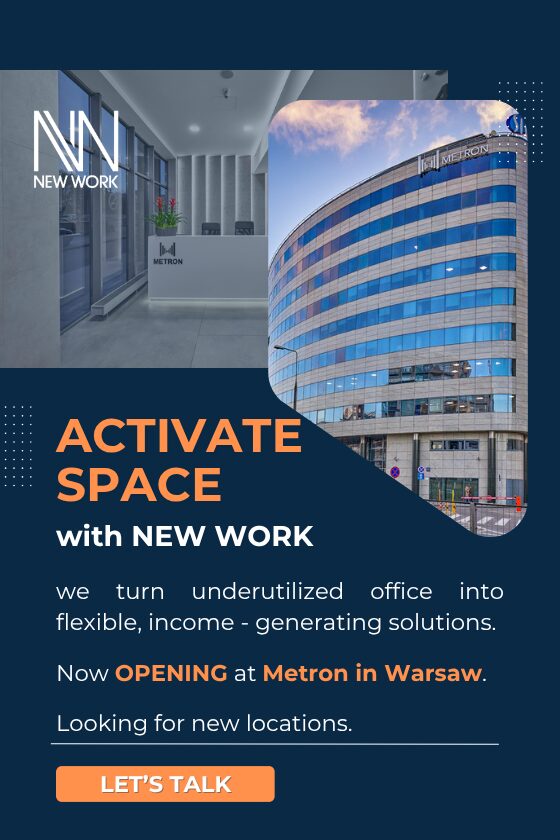Office fit-out costs in Prague remain competitive despite rising construction costs and higher demand for modern work environments. The latest report from Cushman & Wakefield EMEA Fit Out Cost Guide confirms that Prague offers companies high-quality office spaces at more favourable prices compared to other European cities such as Berlin, Frankfurt, or Munich. Last year, these costs in Prague amounted to 1,235 euros per sqm.
While office fit-out costs have slightly increased in some neighbouring countries, Prague has managed to maintain its cost levels. Current costs in Prague range from 785 euros for low specifications to 1,950 euros for high-quality specifications. The average, medium specification, which already includes partial ceiling modifications, plasterboard, wall finishes, and air conditioning adjustments, was 1,235 euros per sqm last year, representing a 1 percent decrease. Even within the Central and Eastern European region, Prague was no longer the most expensive; last year, according to the medium specification, Warsaw was more expensive.
Table 1: Total office fit-out costs
| City |
Avg. Fit-out Cost (EUR/ sqm) |
| Prague |
1,235 |
| Warsaw |
1,275 |
| Budapest |
1,224 |
| Bratislava |
1,140 |
| Berlin |
2,333 |
| Frankfurt |
2,408 |
| Munich |
2,432 |
Source: Cushman & Wakefield
The cost of fitting out new office spaces is one of the factors companies consider when deciding whether to stay in their current offices or move to new ones. Prague’s central location and competitive prices can support this decision for companies, even in the context of expansion or relocation from abroad. However, it is expected that the trend of rising costs, as seen in other countries, will continue.
Glyn Evans, Head of Design + Build, EMEA, Cushman & Wakefield, said: “Whilst we have seen a very minor drop in pricing during the past 12 months, due to an increase in competitiveness on the market, we do expect construction prices to continue increasing, albeit not at the rates we saw during the past 6-7 years.”
Although fit-out costs in Prague stagnated last year, they still represent a significant expense that constitutes a substantial portion of overall costs. Office building owners must motivate tenants to choose their projects. However, their incentives often do not cover the costs associated with moving and relocation. Incentives are also given to those who renegotiate their lease in existing spaces.
Radka Novak, Head of Office Agency, Cushman & Wakefield, said: “The costs of new fit-outs or interior renovations are currently the most crucial factor when deciding whether to move or extend the lease in the current location. Although developers try to cover a large part of these costs in the form of a fit-out contribution, the capital cost on the tenant’s side remains too high, and many companies cannot afford to move to a new location. Even existing landlords cannot avoid high contributions for tenant space modifications, as most tenants are modernizing their spaces, and their continued tenancy is conditional on qualitative improvements to the premises.”
Rising construction and labour costs in 2025
The Fit Out Cost Guide study indicates that over the next six months, suppliers across Europe expect current trends to continue, with input costs expected to rise slightly due to the gradual easing of inflationary pressures. Despite a strong labour market, opinions on the development of labour, material, and craft service costs remain stable, with approximately two-thirds of respondents anticipating a slight increase. Interestingly, almost no one expects a decrease in prices, confirming that while inflation is slowing, prices are still rising, albeit at a slower pace.
Office market trends and outlook
Despite higher cost prices across Europe, approximately 50 percent of all new leases that took place last year in Europe have been directed towards modern Class A office buildings, which offer not only flexible work environments but also higher energy efficiency and comfort for employees.
Companies are also increasingly emphasizing sustainability and environmental factors (ESG). According to the latest data, investments in ESG initiatives increased by 46 percent among suppliers in the EMEA region in 2024. Companies are focusing on energy-efficient buildings, the use of eco-friendly materials, and innovative approaches to flexible work environments.
With the expected recovery of the European economy, Prague is in a favourable position to attract new businesses and investments in office spaces. Competitive prices, central location, and office market trends support this. Companies that invest in modern fit-outs can expect not only higher employee satisfaction but also lower operating costs and enhanced corporate image.







